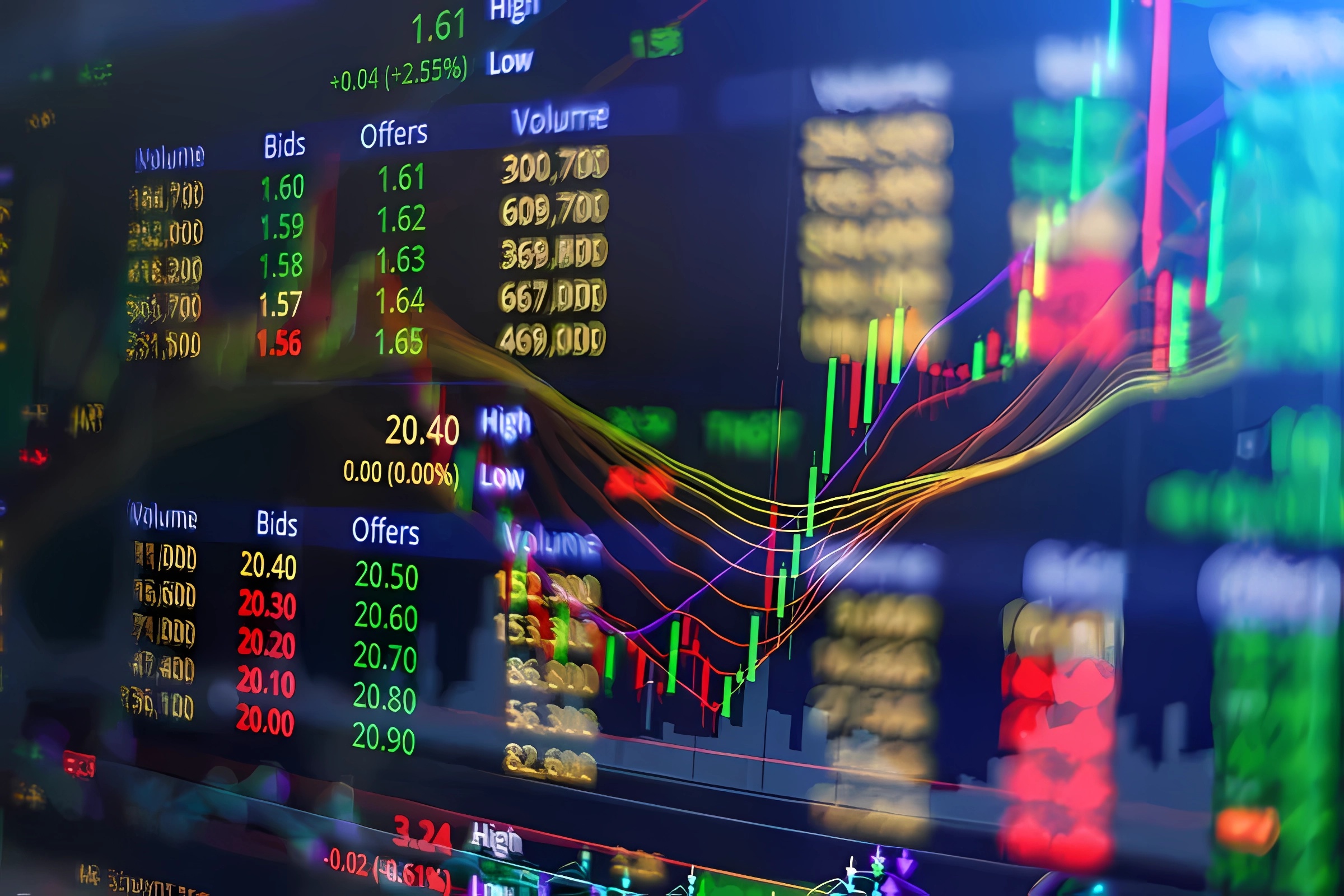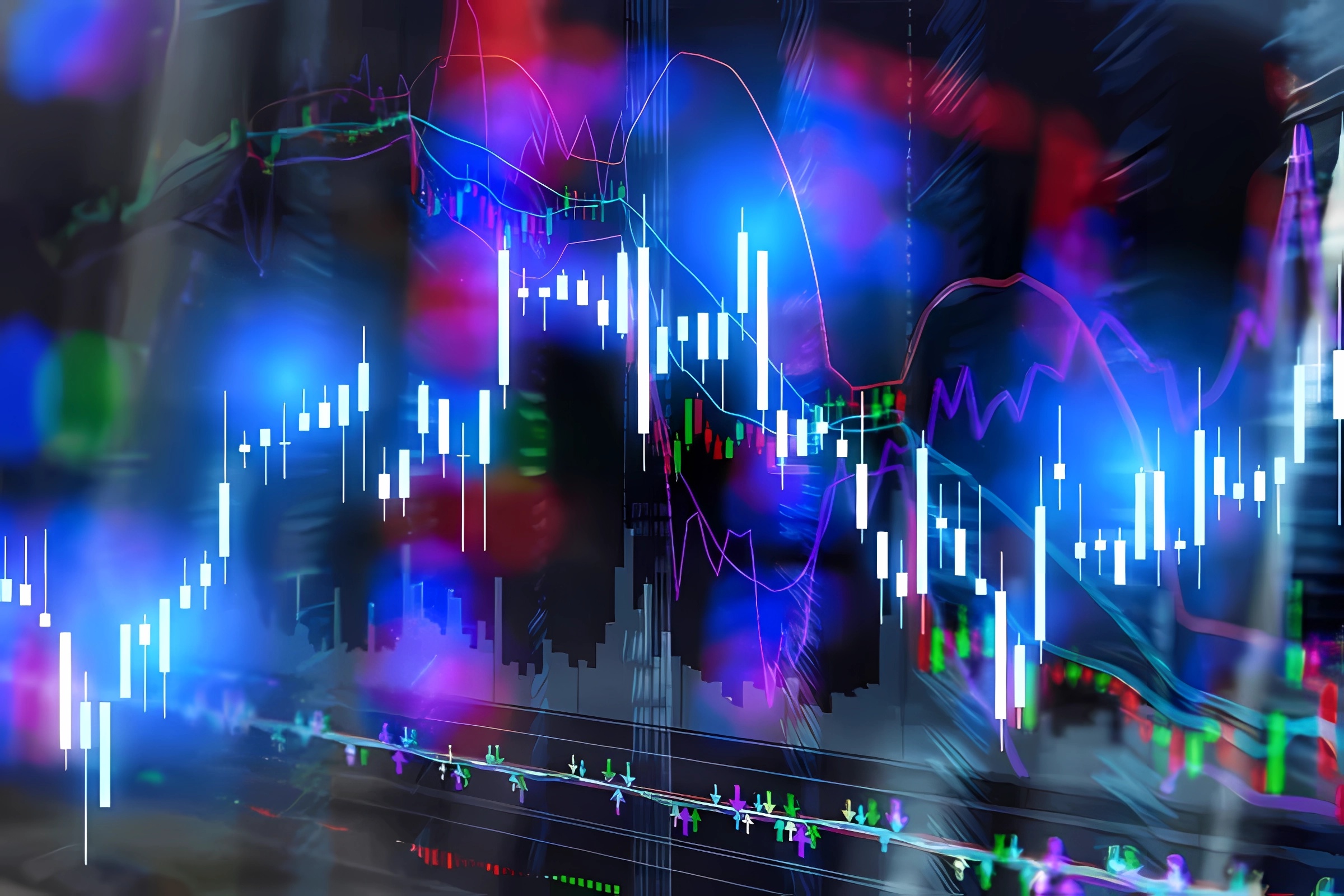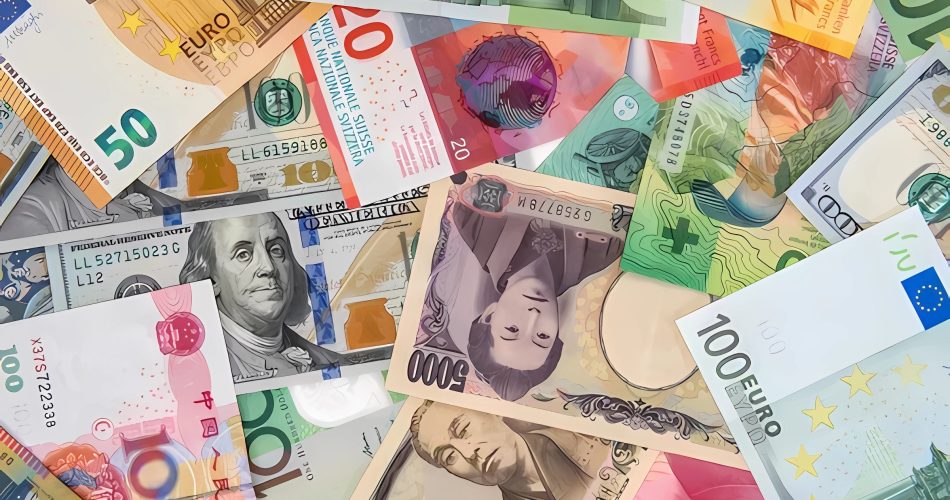The world of foreign exchange, or forex, trading is a dynamic and complex one. Traders navigate through a sea of numbers, charts, and trends in search of profitable opportunities. However, what many fail to realize is the role that aesthetics play in this financial arena. From the colors used in forex charts to the psychological impact they have on traders, the field of forex trading is not only an art but also a science. In this article, we will delve into the aesthetics of forex, exploring the impact of colors and how they can be harnessed for trading success.
The Art and Science of Forex Trading

Forex trading is a combination of both art and science. Traders rely on technical analysis, fundamental indicators, and other tools to make informed decisions. However, the success of these strategies is also influenced by the artistic aspect of trading, including the use of colors. The visual elements in forex charts can greatly impact a trader’s decision-making process and overall experience in the market.
Unveiling the Role of Colors in Forex

Colors play a crucial role in forex trading. Different shades and combinations can evoke certain emotions and influence trading decisions. For example, green is often associated with growth and prosperity, making it a popular choice for representing bullish market trends. On the other hand, red is often linked to caution or decline, and is frequently used to depict bearish trends. By understanding the psychological impact of colors, traders can use them strategically to enhance their trading experience.
Understanding the Psychological Impact

Colors have a profound psychological impact on humans, and this effect extends to forex trading as well. For instance, warm colors like red and orange can evoke a sense of urgency or excitement, which may lead traders to take impulsive actions. On the contrary, cool colors such as blue and green can create a calming effect, promoting a more rational decision-making process. By being aware of these psychological nuances, traders can create a trading environment that fosters clear thinking and logical analysis.
Harnessing Color Theory for Trading Success

Color theory, a fundamental concept in art and design, can also be applied to forex trading. Traders can utilize complementary colors to highlight important information on charts, making it easier to identify trends and patterns. Similarly, contrasting colors can be used to draw attention to specific elements or data points. By harnessing color theory principles, traders can optimize their trading experience and improve their chances of success in the forex market.
Analyzing the Aesthetics of Forex Charts

Forex charts are not just a jumble of numbers and lines; they are visual representations of complex financial data. The aesthetics of these charts can greatly impact a trader’s ability to interpret information quickly and accurately. The choice of colors, fonts, and overall design can make charts visually appealing and easy to read, enhancing the overall trading experience. Traders should consider the aesthetics of their charts to ensure they are visually optimized for efficient analysis.
Exploring the Visual Language of Currency Trading

The visual language of currency trading extends beyond just colors. It encompasses various visual elements, such as chart patterns, trend lines, and candlestick formations. Each of these elements tells a story and provides valuable insights into market trends and potential trading opportunities. By effectively interpreting and understanding this visual language, traders can gain a competitive edge in the forex market.
In the world of forex trading, aesthetics play a vital role in the overall trading experience. From the colors used in charts to the visual representation of data, every aspect contributes to a trader’s ability to make informed decisions. By understanding the psychological impact of colors, harnessing color theory principles, and analyzing the aesthetics of forex charts, traders can optimize their trading strategies and increase their chances of success. So, the next time you dive into the world of forex, remember that the color of money goes beyond just green; it’s about understanding and utilizing the power of aesthetics.

